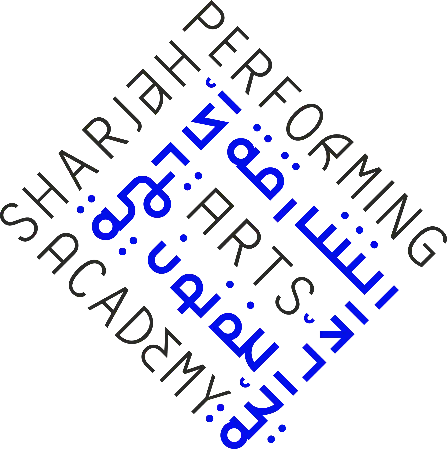Watching war on the twenty-first century stage : spectacles of conflict / Clare Finburgh Delijani.
Material type: TextSeries: Methuen drama engagePublisher: London ; New York : Bloomsbury Methuen Drama, an imprint of Bloomsbury Publishing Plc, 2017Copyright date: ©2017Description: 1 online resource (xv, 355 pages) : illustrationsContent type:
TextSeries: Methuen drama engagePublisher: London ; New York : Bloomsbury Methuen Drama, an imprint of Bloomsbury Publishing Plc, 2017Copyright date: ©2017Description: 1 online resource (xv, 355 pages) : illustrationsContent type: - text
- computer
- online resource
- 9781472598677
- 1472598679
- 9781472598691
- 1472598695
- 9781472598684
- 1472598687
- Theater -- Political aspects -- Great Britain -- 21st century
- War and theater
- Violence in the theater
- Theater -- Political aspects -- Great Britain
- War in art -- Social aspects
- Théâtre -- Aspect politique -- Grande-Bretagne -- 21e siècle
- Guerre et théâtre
- Violence au théâtre
- Théâtre -- Aspect politique -- Grande-Bretagne
- Guerre dans l'art -- Aspect social
- Literary studies: plays & playwrights
- Theatre studies
- PERFORMING ARTS -- Theater -- General
- PERFORMING ARTS -- Theater -- History & Criticism
- Theater
- Theater -- Political aspects
- Violence in the theater
- War and theater
- Great Britain
- 2000-2099
- 792.0941090/51 23
- PN2595.132 .F56 2017
- PER011020
| Item type | Current library | Collection | Call number | Status | Barcode | |
|---|---|---|---|---|---|---|
 Books
Books
|
SPAA Library General Collection | On Shelves | PN2595.132 .F56 2019 (Browse shelf(Opens below)) | Available | 0007816 |
Browsing SPAA Library shelves, Shelving location: General Collection, Collection: On Shelves Close shelf browser (Hides shelf browser)


|


|


|


|


|


|


|
||
| PN2595.132 .A13 2021eb A companion to British-Jewish theatre since the 1950s / | PN2595.132 .A54 2017 Social and political theatre in twenty-first century Britain : staging crisis / | PN2595.132 C75 2022 Crisis, representation and resilience : perspectives on contemporary British theatre / | PN2595.132 .F56 2019 Watching war on the twenty-first century stage : spectacles of conflict / | PN2596.B52 S73 2017 Devising theatre with Stan's Cafe / | PN2596.L6 C68 2017 London theatres / | PN2596.L6 M44 2020 Property and Finance on the Post-Brexit London Stage : We Want What You Have. |
P.B
P.B
Includes bibliographical references (pages 330-346) and index.
By way of an introduction -- An introduction to war and/as spectacle -- Helmets--soldiering as spectacle -- Headscarves--'terrorism' as spectacle -- Hoods--human rights abuses omitted from spectacle -- Conclusiviolenceiolece without violence'.
This is the first publication to analyse the ways in which UK theatre has represented, interrogated or contested images of war and terrorism as they are habitually presented in the dominant media. Drawing on theories of spectacle and a wide array of plays and productions - including plays from playwrights such as Caryl Churchill, Mark Ravenhill and Martin Crimp, as well as devised and dance-based theatre - Spectacles of Conflict is a richly provocative engagement with an issue that permeates contemporary culture and consciousness. Residents in wealthy nations such as the UK are invited - at a safe distance, from the comfort of our sofas or our desktops - to spectate, to gawp at, to indulge in images of violence and conflict. Finburgh asks how plays and performances have succeeded, or failed, in negotiating their own status as spectacle in order to make war as it is actually waged, more palpable, in all its devastating vastness. The original and interdisciplinary interrogation offers new ways of analysing representations of war and gives coherence to a large and ever-expanding field by examining and evoking a broad spectrum of theatre and performance pieces, that includes national and fringe productions, text-based theatre and physical performance, and promenade, site-specific and conventional pieces.
Print version record.
There are no comments on this title.

